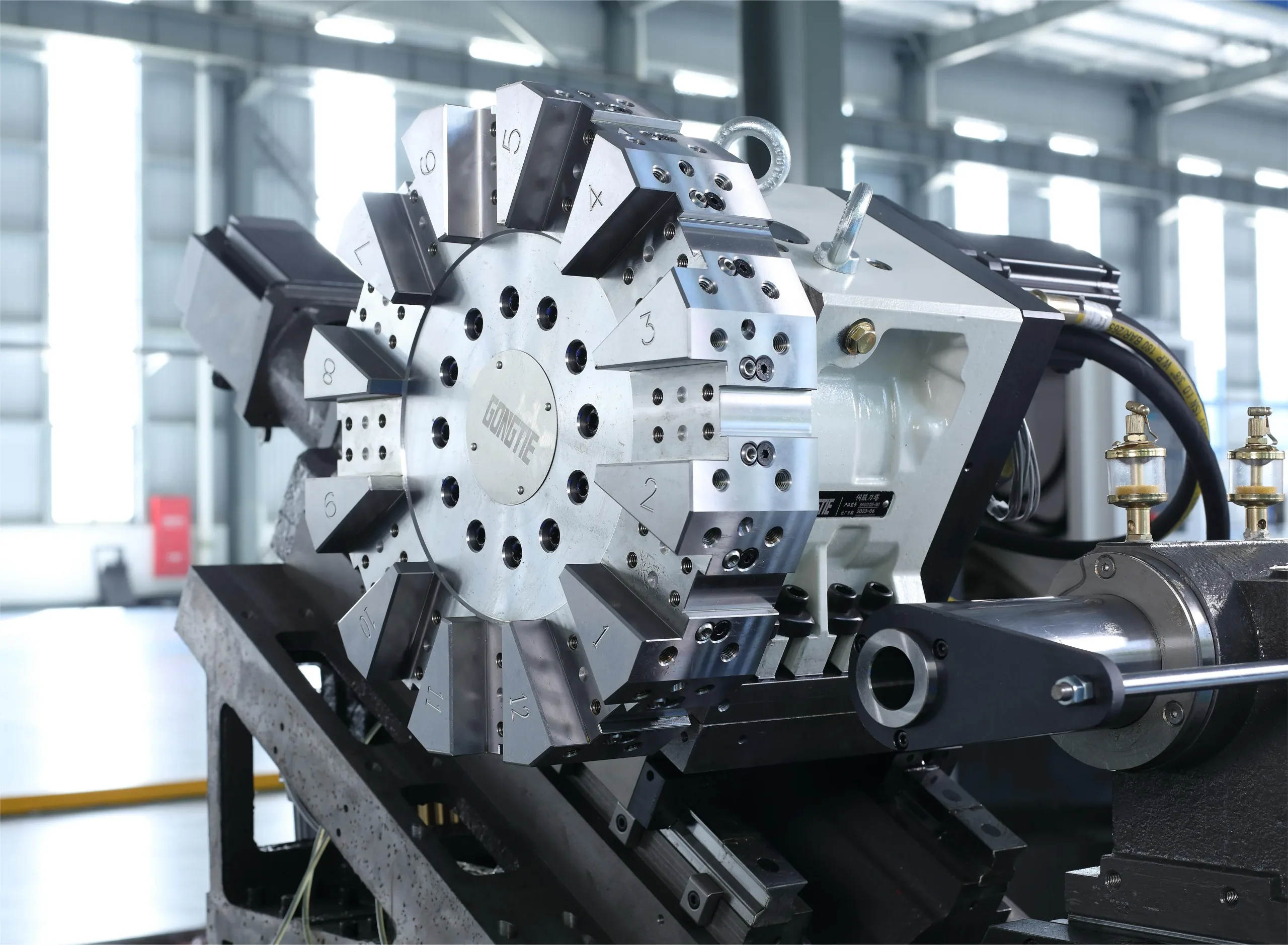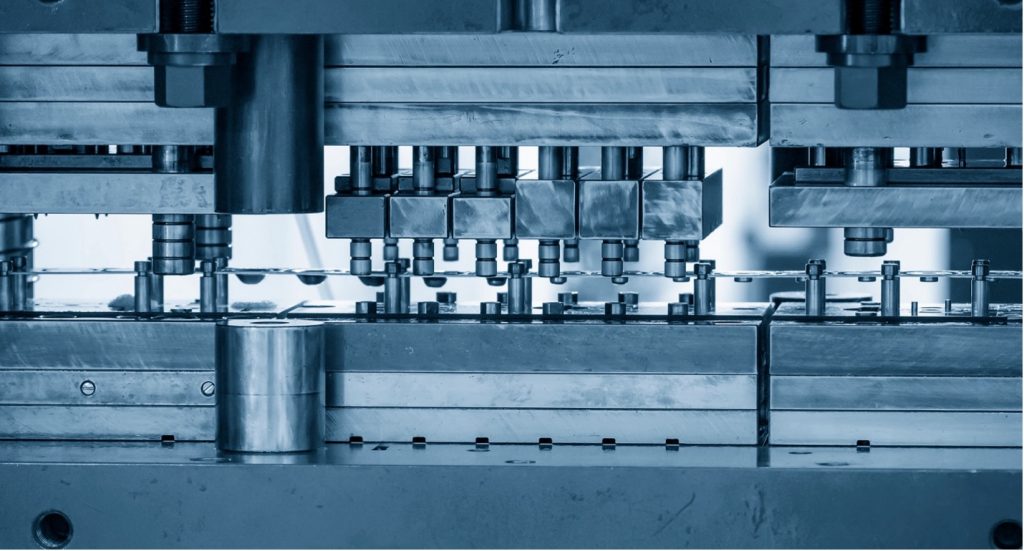In recent years, the demand for electric vehicles (EVs) has surged, and the need for automotive parts has also increased. EV production requires consistent quality and scalability. High-speed stamping enhances performance by reducing production cycles and improving part accuracy. Additionally, it can be seamlessly integrated with other production processes, thereby streamlining the entire manufacturing chain.
Precision Engineering and Material Compatibility
One major trend is the increasing compatibility of High-Speed Stamping with advanced materials. As EVs prioritise lightweight yet durable parts, materials like aluminium, high-strength steel, and copper alloys are in high demand. Stamping dies used in high-speed processes are now engineered to accommodate these materials without compromising form or function.
Precision also matters. Modern High-Speed Stamping equipment incorporates digital controls, sensors, and servo drives that guarantee repeatable accuracy. These technologies help ensure each part meets strict tolerances, a crucial requirement in safety-critical EV systems.
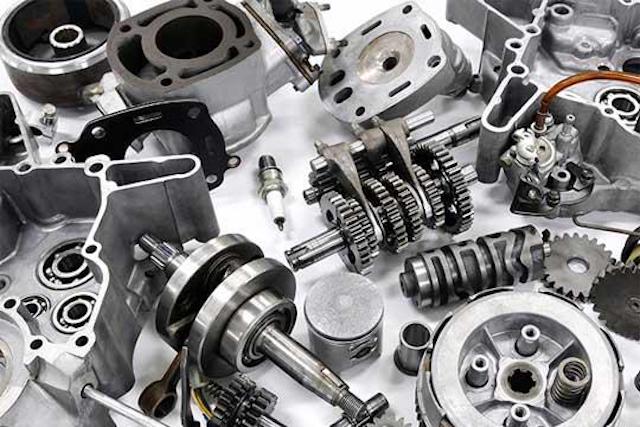
Digital Integration and Smart Monitoring
The rise of Industry 4.0 has significantly impacted stamping operations. Intelligent monitoring systems now accompany many High-Speed Stamping setups. These systems provide real-time data on temperature, pressure, and vibration, helping operators fine-tune processes instantly.
Digital twins and predictive maintenance are also gaining traction. They allow manufacturers to simulate die wear and part fatigue before failures occur. This reduces downtime and ensures higher output rates with fewer quality issues. Stamping dies can thus be continuously monitored, maintained, and optimised.
Advanced Stamping Dies for EV Components
As EV components grow more sophisticated, so must the stamping dies used to make them. Recent advancements include modular die designs that allow quick tool changes and reconfiguration. This flexibility supports a wide range of part geometries and batch sizes.
Moreover, multi-station progressive dies now integrate multiple forming steps in one cycle. This innovation reduces the need for secondary operations, enhancing throughput. As a result, manufacturers save both time and material while meeting strict EV industry standards.
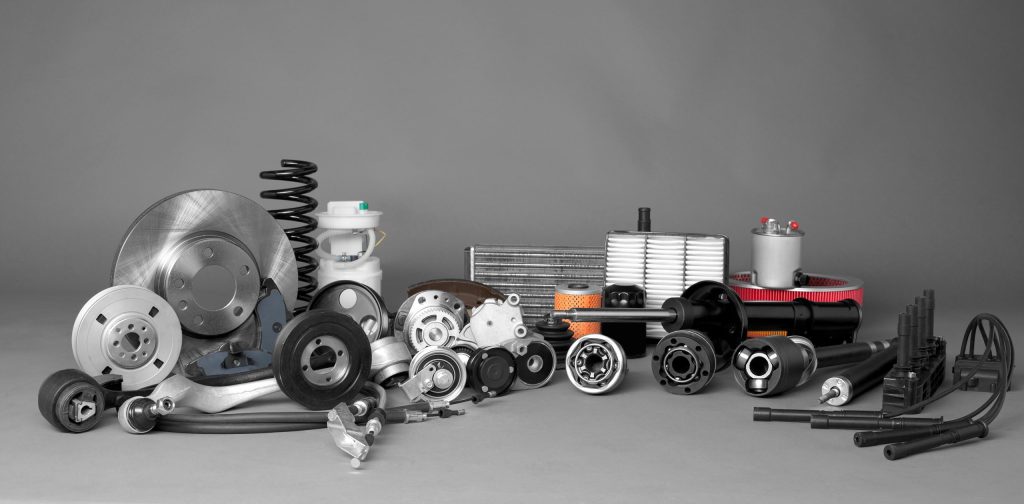
High-Speed Stamping for Battery Enclosures
Battery packs are among the most critical and complex parts of an EV. High-speed stamping is proving particularly effective for manufacturing battery enclosures. These components require tight tolerances, high thermal conductivity, and electrical insulation.
Stamping dies designed explicitly for battery enclosures often incorporate features such as embossing, forming, and trimming. These functions, when combined with high-speed presses, enable the rapid production of robust enclosures. The result is enhanced safety, durability, and performance for the EV battery systems.
Reducing Waste and Energy Consumption
Sustainability is a central concern in the EV industry. High-speed stamping aligns well with green manufacturing goals by minimising material waste. With high precision and automation, there’s less scrap, fewer reworks, and more efficient use of raw materials.
Energy consumption is also lower. Faster cycle times and optimised workflows translate to reduced power usage per part produced. As a result, manufacturers not only lower their environmental footprint but also achieve cost savings.
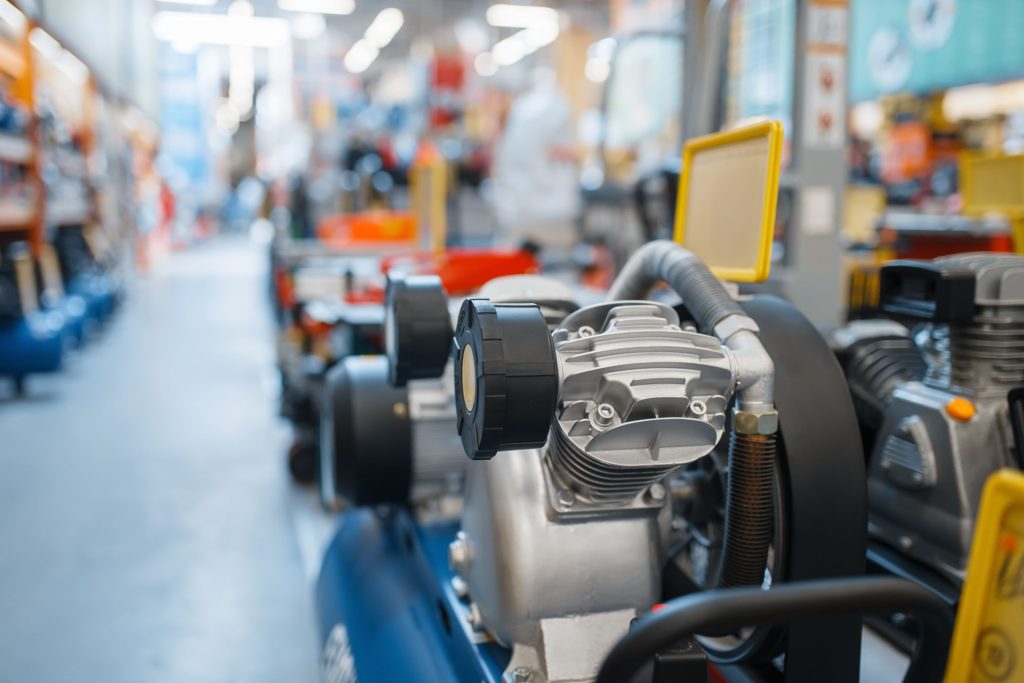
Collaborations Between OEMs and Tooling Experts
An emerging trend is closer collaboration between EV manufacturers and tooling experts. OEMs now involve stamping die suppliers early in the design phase. This collaboration ensures better die performance, reduced lead times, and smoother integration into production lines.
Such partnerships also lead to the co-development of custom High-Speed Stamping solutions. These solutions can be fine-tuned for specific part geometries, material choices, and production volumes. In turn, this accelerates innovation and enhances competitiveness across the EV supply chain.
The Future of High-Speed Stamping in EVs
High-speed stamping technology plays a key role in scaling up electric vehicle production due to its precision, speed and sustainability. The development of smarter stamping dies and the integration of digital tools further enhance this capability.


